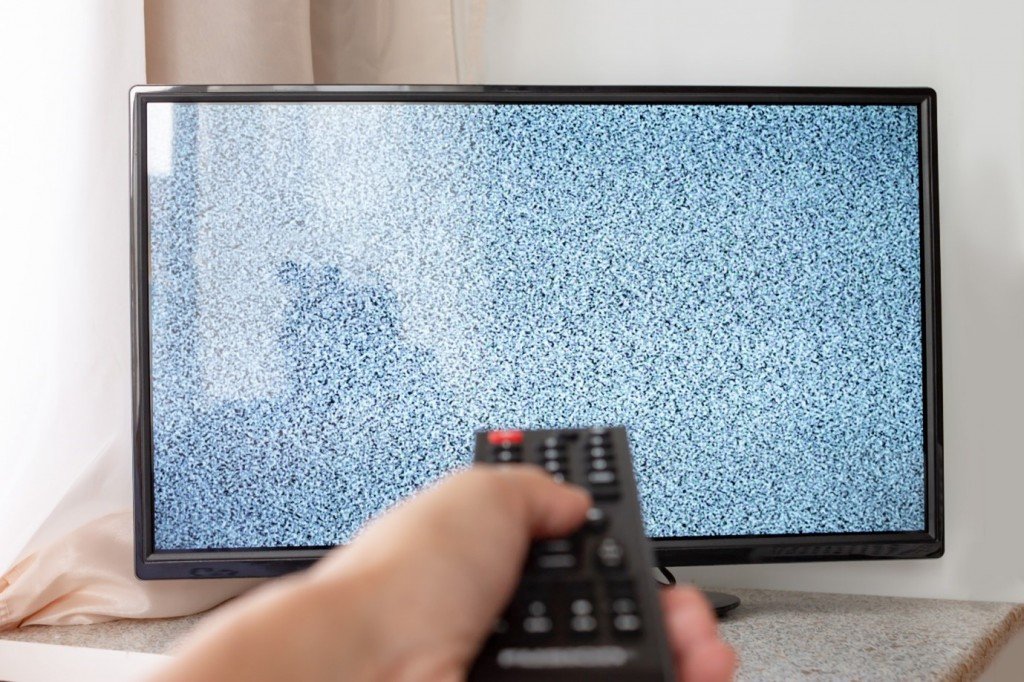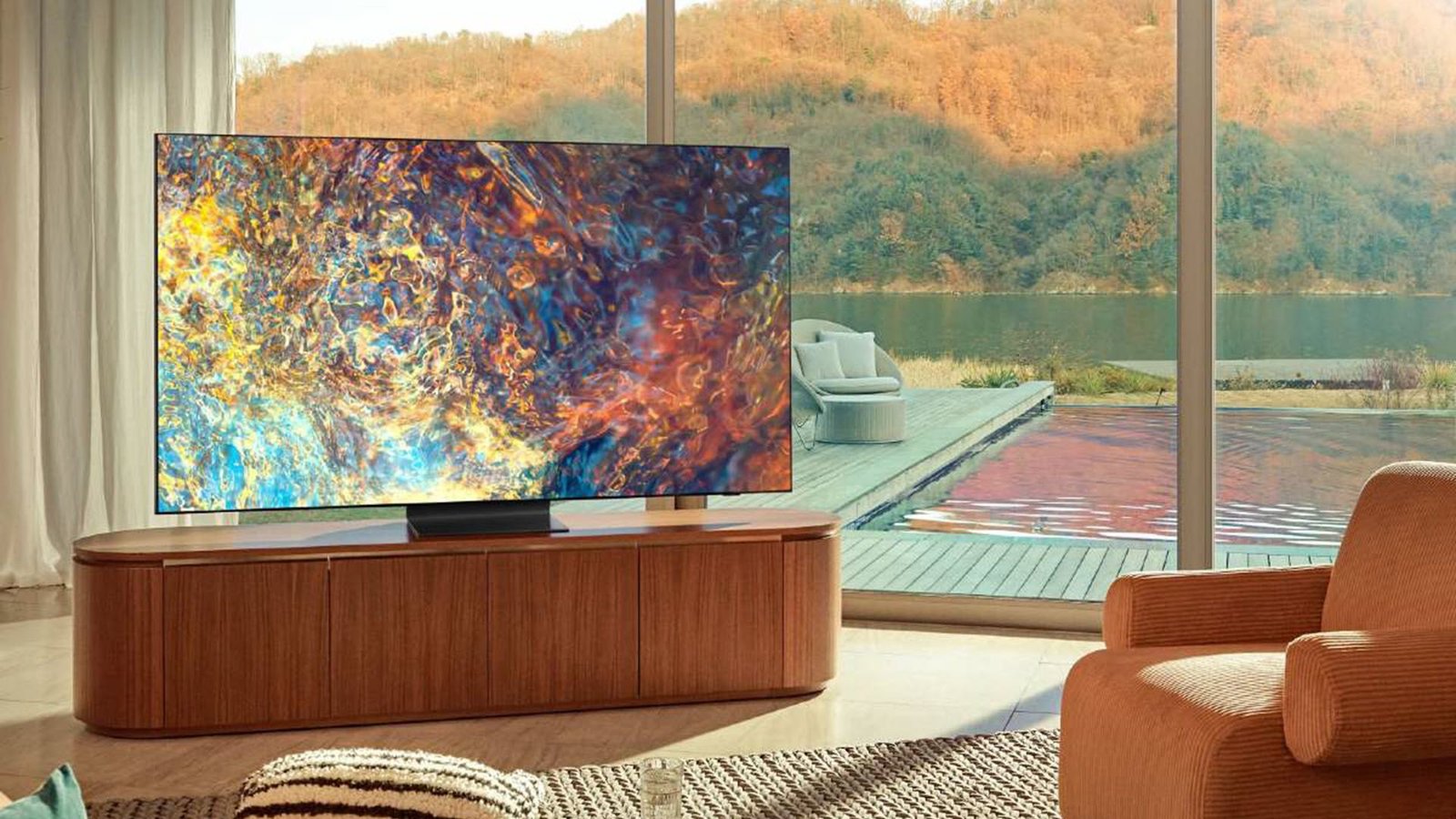Smart TVs come with a wide range of features, but like any electronic device, they can experience occasional glitches. Whether it’s connectivity problems, issues with apps, or a poor picture quality, here’s a guide to help you troubleshoot and resolve common smart TV issues.
1. Poor or No Picture Quality
If you’re experiencing poor or no picture quality on your smart TV, it could be caused by several factors.
Troubleshooting Steps:
- Check the Cable Connections: Ensure all cables (HDMI, power cables, etc.) are securely connected. Loose cables can cause no signal or distorted images.
- Adjust Picture Settings: Go to the TV’s settings and adjust the picture mode or resolution. If you’re streaming content, ensure that your internet connection is fast enough to support HD or 4K streaming.
- Power Cycle: Unplug your TV, wait for 30 seconds, then plug it back in. This can resolve temporary glitches affecting display quality.
- Check Input Source: Verify that your TV is set to the correct input source, especially if you’re using external devices like gaming consoles or Blu-ray players.
2. TV Not Connecting to Wi-Fi
If your smart TV won’t connect to Wi-Fi, it may be due to network issues or settings problems.
Troubleshooting Steps:
- Restart the Router: Power off and on your Wi-Fi router to refresh the connection.
- Reboot the TV: Power cycle the TV by turning it off and on again to help it reconnect to the network.
- Check Network Settings: Navigate to the TV’s network settings and confirm that it’s connected to the correct Wi-Fi network. Also, check if the network requires a password or if you need to input any additional information.
- Forget and Reconnect to Wi-Fi: In the Wi-Fi settings, select “Forget Network,” then reconnect by entering the Wi-Fi password again.
- Check for Software Updates: An outdated firmware can cause connectivity problems. Go to the TV’s settings and check for available software updates.
3. App Crashing or Freezing
If the apps on your smart TV are crashing or freezing, this could be related to the app itself or the TV’s software.
Troubleshooting Steps:
- Close and Restart the App: Exit the app, wait for a few seconds, and reopen it. This often resolves minor glitches.
- Clear Cache: Go to the TV’s settings, find the app section, and clear the cache of the problematic app.
- Reinstall the App: Uninstall and reinstall the app to fix potential issues with the installation or corrupted files.
- Check for Updates: Ensure both the TV’s firmware and the app are updated to the latest versions.
4. Smart TV Remote Not Working
If your smart TV remote stops responding, it can be due to a variety of causes, from battery issues to pairing problems.
Troubleshooting Steps:
- Check the Batteries: Replace the batteries in the remote to ensure it’s powered.
- Unpair and Re-pair the Remote: Go to the TV’s settings to unpair the remote and then re-pair it to resolve any connection issues.
- Check for Interference: Ensure there are no obstructions or interference between the remote and the TV. Smart TV remotes typically rely on infrared or Bluetooth connections.
- Try a Universal Remote: If the original remote is still not working, try using a universal remote as a temporary solution while troubleshooting.
5. Sound Issues
If the sound on your smart TV is distorted or not working, it could be caused by faulty connections or settings.
Troubleshooting Steps:
- Check the Mute Setting: Verify that the TV or external sound system isn’t muted. Increase the volume to a reasonable level.
- Check Audio Output Settings: If you’re using an external sound system like a soundbar, ensure that the TV’s audio output is set to the correct device (HDMI, optical, Bluetooth).
- Inspect Audio Cables: If you have external speakers connected via cables, check if they are properly plugged in or damaged.
- Perform a System Restart: Restart the TV to resolve temporary audio issues that may arise from software glitches.
- Update TV Software: Ensure that your TV’s firmware is up-to-date, as this can sometimes resolve audio-related bugs.

6. Slow Performance or Lag
If your smart TV is running slow or lagging when switching between apps or menus, it might be overloaded with apps, data, or background processes.
Troubleshooting Steps:
- Close Background Apps: Close unnecessary apps that are running in the background to free up system resources.
- Clear Storage: If the TV has internal storage, delete unused apps or files to clear space and improve performance.
- Restart the TV: A simple restart can help refresh the system and resolve performance lags.
- Check for Updates: Updating your TV’s software can optimize performance and improve speed.
7. Smart TV Not Turning On
If your TV doesn’t turn on, it could be a power issue, either with the TV itself or the electrical supply.
Troubleshooting Steps:
- Check Power Source: Ensure that the TV is plugged into a working outlet and that the power cord is securely connected.
- Try a Different Outlet: Plug the TV into a different outlet to rule out issues with the electrical socket.
- Perform a Hard Reset: Unplug the TV, wait for about 30 seconds, then plug it back in and try turning it on again.
- Check the Power Indicator Light: Look for a power light on the TV. If it’s not on, there could be an internal issue that needs professional attention.
8. Smart TV Picture Distortion or Flickering
If your TV’s picture is distorted, flickering, or has strange lines, it may be related to signal interference or hardware issues.
Troubleshooting Steps:
- Check Cable Connections: Ensure that HDMI or other cables are securely connected and undamaged.
- Test with Another Device: Connect a different device (e.g., a DVD player or game console) to the TV to check if the issue persists. This can help determine if the problem lies with the TV or the original source device.
- Check TV Settings: Adjust the picture settings to default values to rule out any misconfigurations.
- Check for Signal Interference: If using wireless devices like game consoles or streaming devices, make sure they are not causing interference with the TV signal.
Conclusion
Smart TVs come with a wide range of features, but occasional problems are inevitable. By following these troubleshooting steps, you can easily resolve common issues with your TV, from connectivity to picture quality. Regular software updates, proper maintenance, and troubleshooting techniques will ensure that your smart TV continues to deliver an optimal viewing experience. If issues persist, don’t hesitate to consult the user manual or reach out to customer support for further assistance.




